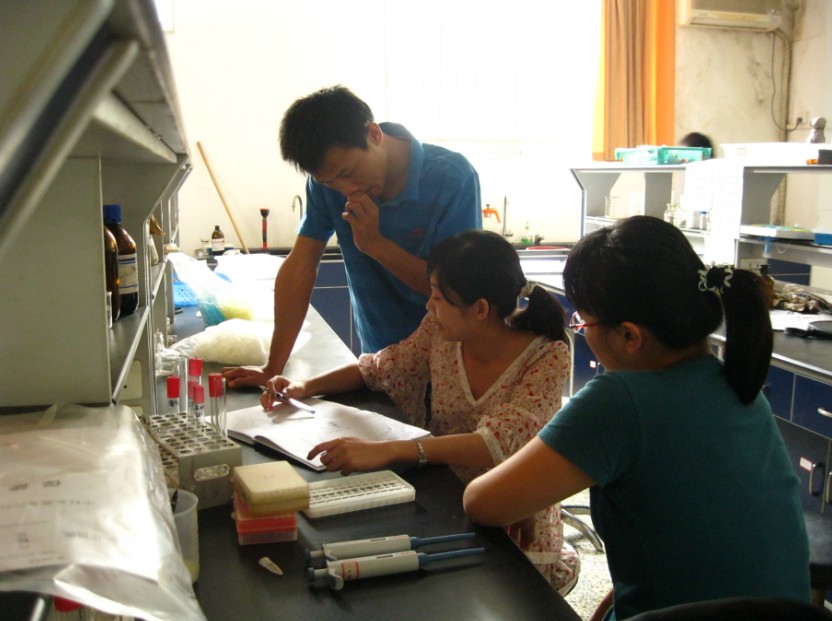Team:WHU-China/Project
From 2011.igem.org
| (8 intermediate revisions not shown) | |||
| Line 83: | Line 83: | ||
</p> | </p> | ||
</div> | </div> | ||
| - | <a href="https://2011.igem.org/Team:WHU-China/Project/Overview"><img style="position:absolute;top:380px;right:100px;width: | + | <a href="https://2011.igem.org/Team:WHU-China/Project/Overview"><img style="position:absolute;top:380px;right:100px;width:80px;height:30px" src="/wiki/images/1/14/Whu-More.png "></a> |
</div> | </div> | ||
| Line 90: | Line 90: | ||
| - | <img style="position:absolute;top:50px;width:400px;left:20px;" src="/wiki/images/ | + | <img style="position:absolute;top:50px;width:400px;left:20px;" src="/wiki/images/c/cd/Oscillator5.png"/> |
<div id="introsub" style="position:absolute;top:70px;width:520px;right:40px;font-size:15px;"> | <div id="introsub" style="position:absolute;top:70px;width:520px;right:40px;font-size:15px;"> | ||
<p> | <p> | ||
| Line 96: | Line 96: | ||
</p> | </p> | ||
</div> | </div> | ||
| - | <a href="https://2011.igem.org/Team:WHU-China/Project/Design"><img style="position:absolute;top:380px;right:100px;width: | + | <a href="https://2011.igem.org/Team:WHU-China/Project/Design"><img style="position:absolute;top:380px;right:100px;width:80px;height:30px" src="/wiki/images/1/14/Whu-More.png "></a> |
</div> | </div> | ||
<div id="modeling"> | <div id="modeling"> | ||
<img src="/wiki/images/0/0d/Whu-Modeling.png"/> | <img src="/wiki/images/0/0d/Whu-Modeling.png"/> | ||
| - | <a href="https://2011.igem.org/Team:WHU-China/Project/Modeling"><img style="position:absolute;top:380px;right:100px;width: | + | <a href="https://2011.igem.org/Team:WHU-China/Project/Modeling"><img style="position:absolute;top:380px;right:100px;width:80px;height:30px" src="/wiki/images/1/14/Whu-More.png "></a> |
| - | <img style="position:absolute;top:50px;width: | + | <img style="position:absolute;top:50px;width:420px;left:20px;" src="https://static.igem.org/mediawiki/2011/e/e3/Model-2.png"/> |
<div id="introsub" style="position:absolute;top:70px;width:520px;right:40px;font-size:15px;"> | <div id="introsub" style="position:absolute;top:70px;width:520px;right:40px;font-size:15px;"> | ||
| - | <p | + | <p> |
| - | | + | In the part of waving time , there is a two nodes system , using the method of the mathematic theory of the ODE function and the random analysis. We get our model.</br> |
| - | + | To stimulate ,taking the fluctuations arising from the molecules into account, we need to resort to stochastic simulations. We use here the Gillespie algorithm to simulate a stochastic version of the model.Suppose the system size Ω=1000,then we can get the result of simulation... | |
| - | + | ||
| - | | + | </p> |
| - | + | ||
| - | + | ||
</div> | </div> | ||
</div> | </div> | ||
| Line 116: | Line 114: | ||
<img src="/wiki/images/3/3e/Whu-Results.png"/> | <img src="/wiki/images/3/3e/Whu-Results.png"/> | ||
<img style="position:absolute;top:50px;width:400px;left:20px;" src="https://static.igem.org/mediawiki/2011/9/9a/Shuangban.png"/> | <img style="position:absolute;top:50px;width:400px;left:20px;" src="https://static.igem.org/mediawiki/2011/9/9a/Shuangban.png"/> | ||
| - | <a href="https://2011.igem.org/Team:WHU-China/Project/Results"><img style="position:absolute;top:350px;right:100px;width: | + | <a href="https://2011.igem.org/Team:WHU-China/Project/Results"><img style="position:absolute;top:350px;right:100px;width:80px;height:30px" src="/wiki/images/1/14/Whu-More.png "></a> |
<div id="introsub" style="position:absolute;top:70px;width:520px;right:40px;font-size:15px;"> | <div id="introsub" style="position:absolute;top:70px;width:520px;right:40px;font-size:15px;"> | ||
<p> Blue light induced bacteria with part BBa_K560000, blue light sensing and reporting system. E.coli cultures from the same clone were grown in the dark under the blue light. Control were under the dark. Bacteria under blue light expressed little RFP and the bacterial colony did not turn red. Control bacterial colony turned red obviously..... </p> | <p> Blue light induced bacteria with part BBa_K560000, blue light sensing and reporting system. E.coli cultures from the same clone were grown in the dark under the blue light. Control were under the dark. Bacteria under blue light expressed little RFP and the bacterial colony did not turn red. Control bacterial colony turned red obviously..... </p> | ||
Latest revision as of 03:10, 29 October 2011


Being born, growing, aging and embracing death, the life process that every creature must go through is just like a movie. However, as one of the simplest life forms, E.coli's life story is too evanescent and monotonous. How can we utilize E.coli to show more complicated processes, such as the growing and withering of a tree? Numerous problems stand in the way to this goal. So we just take two steps towards this direction. Firstly, we only focus on one pixel of this picture. As time goes by, the color of this point changes periodically. This effect is achieved by a strain of E.coli working as an oscillator which can yield different kinds of pigment periodically with the help of a signal transformation system....



This summer we designed two projects: color film and oscillator. One is about time and another is about space. The oscillator is to construct one strain colorful E.coli changing color periodically. The color film project is to construct three strains of E.coli which can form a colorful image. Here is the detailed design of these two projects.




In the part of waving time , there is a two nodes system , using the method of the mathematic theory of the ODE function and the random analysis. We get our model. To stimulate ,taking the fluctuations arising from the molecules into account, we need to resort to stochastic simulations. We use here the Gillespie algorithm to simulate a stochastic version of the model.Suppose the system size Ω=1000,then we can get the result of simulation...



Blue light induced bacteria with part BBa_K560000, blue light sensing and reporting system. E.coli cultures from the same clone were grown in the dark under the blue light. Control were under the dark. Bacteria under blue light expressed little RFP and the bacterial colony did not turn red. Control bacterial colony turned red obviously.....
 "
"





